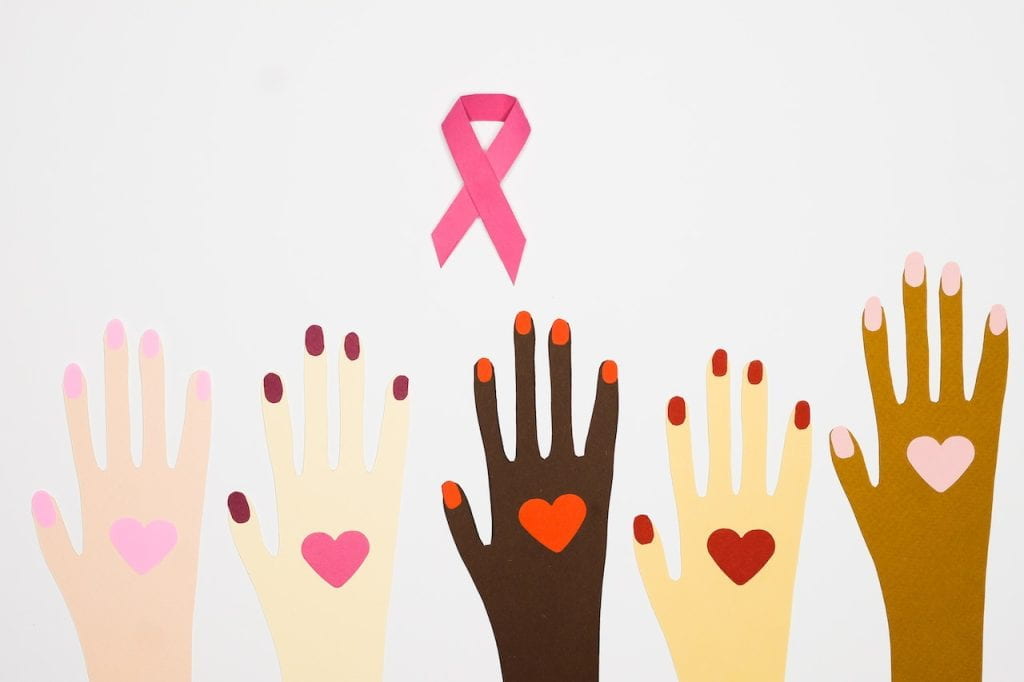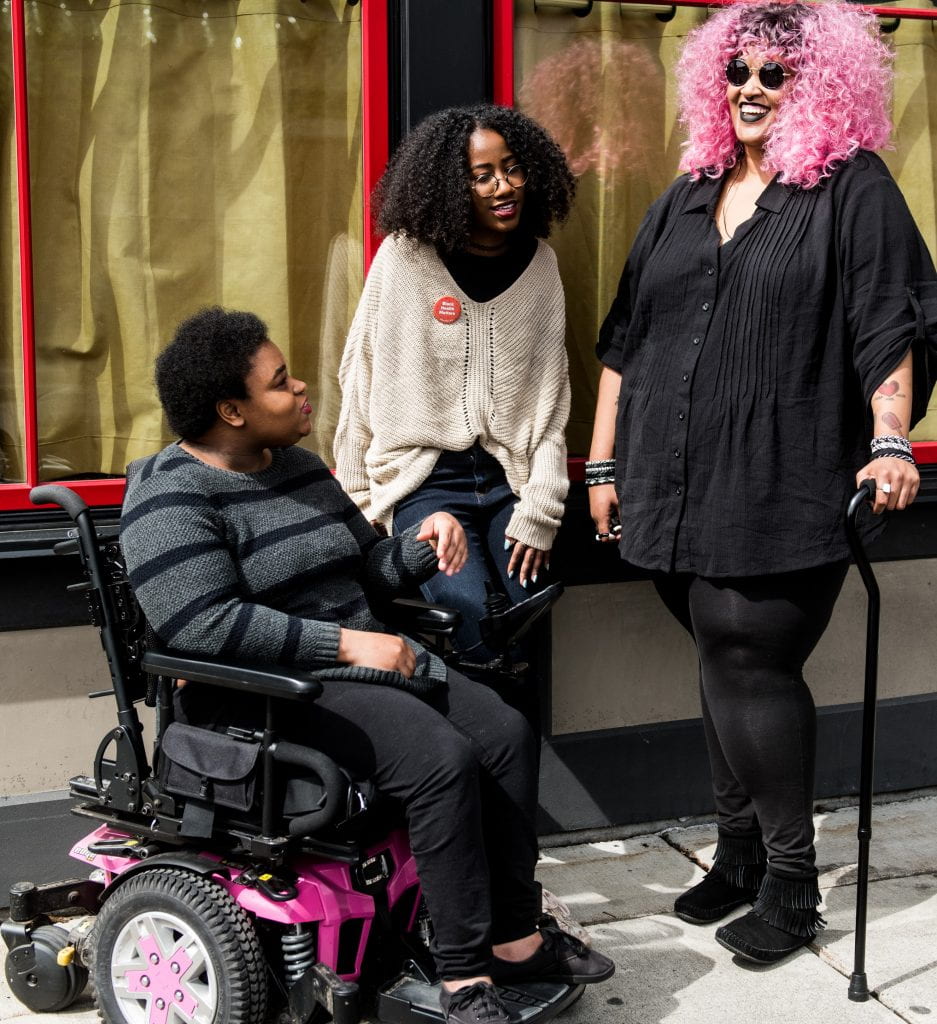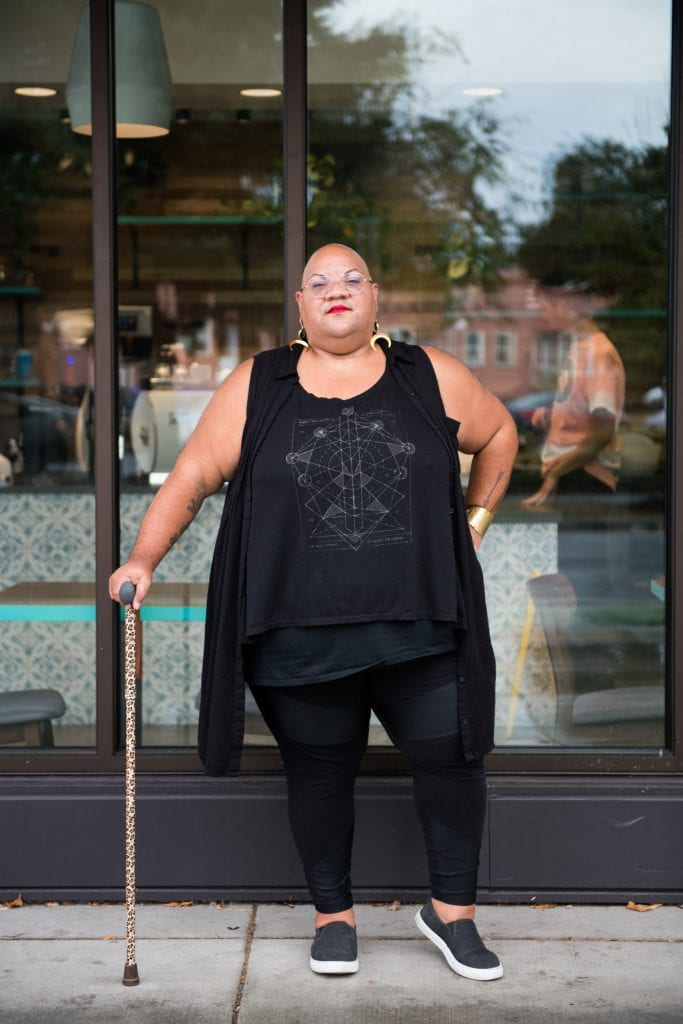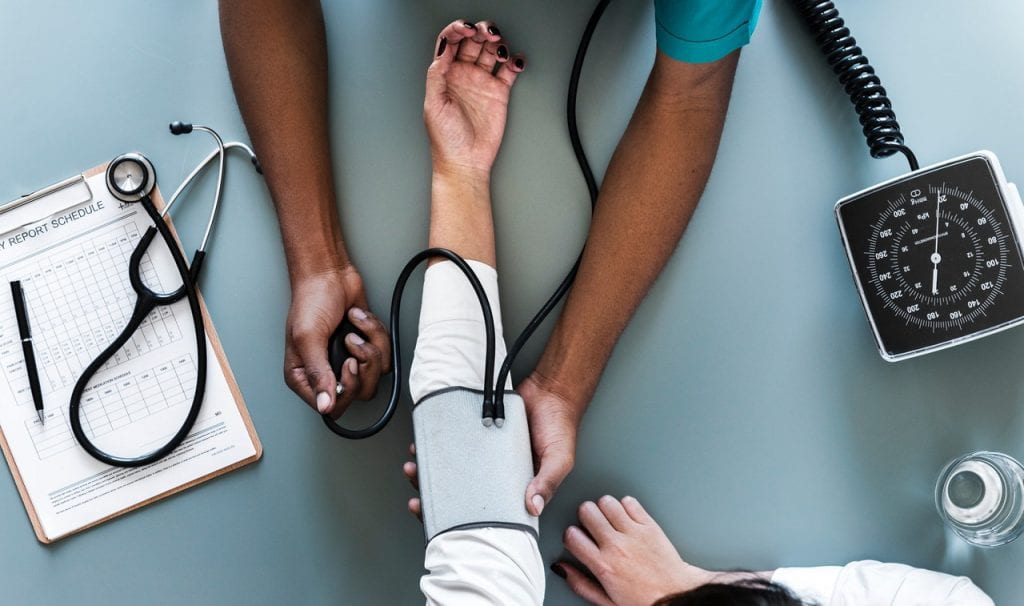
In an effort to remain accountable to communities who have been negatively impacted by past and present medical injustices, the staff at Himmelfarb Library is committed to the work of maintaining an anti-discriminatory practice. We will uplift and highlight diverse stories throughout the year, and not shy away from difficult conversations necessary for health sciences education. To help fulfill this mission, today's blog post celebrates the contributions of Native American Michael E. Bird to the field of public health.
Michael E. Bird, a Santo-Domingo/Kewa Pueblo Indian from New Mexico, has more than 25 years of experience working in public health and with Native American populations. After growing up in New Mexico, California, and Utah, Bird earned his bachelor’s degree in anthropology and a master of social work (MSW) degree from the University of Utah (Berkeley Public Health, 2020). Bird worked as a medical social worker prior to completing his master of public health at the University of California’s Berkeley School of Public Health in 1983 (Berkeley Public Health, 2020).

Bird was the first Native American to serve on the National Policy Council of AARP, as well as the first Native American and social worker to become President of the American Public Health Association (APHA) (University of Utah College of Social & Behavioral Science (UT CSBS), n.d.). During his time as APHA President, the APHA’s journal, the American Journal of Public Health, published a supplemental issue focused on Native public health - a historic first for the journal.
Bird has also served as the executive director of the National Native American AIDS Prevention Center, and has worked with the Indian Health Service (IHS) for 20 years (UT CSBS, n.d.). Additionally, he has served as President of the New Mexico Public Health Association and has been a board member of numerous organizations including the Kewa Pueblo Health Corporation, and the American Indian Graduate Center among others (UT CSBS, n.d.).
Bird became aware of the public health issues facing Native Americans while working at the Santa Fe Indian hospital. He spoke of this experience in an interview with Berkeley Public Health in which he explained “ [I] wasn’t able to have the kind of impact I wanted to have, and that no matter how good I was, or what I did, that it was sort of a revolving door for patients. … That lack of opportunities for Native people was contributing to their health conditions.” (Berkeley Public Health, 2020). Bird went on to explain that working for the Indian Health Service made him even more aware of the constraints of working with an underfunded bureaucratic system that “didn’t provide enough support and leadership, and was not engaging tribal communities in a respectful, collaborative manner” (Berkeley Public Health, 2020).
In July 2020, Bird spoke about the disproportionate effect of COVID-19 on Native Americans during this same interview with Berkeley Public Health. Conducted early on during the COVID-19 pandemic, Bird stated that in New Mexico “Native Americans make up 11 percent of the general population but they make up 50 percent of the COVID-19 cases” (Berkeley Public Health, 2020). Bird explained that the Pueblo tribes and Navajo Nation, both significantly impacted by the pandemic, had high poverty rates and marginalized populations with people living without “adequate housing, water, or electricity, and COVID just compounds all these conditions. It’s not just obesity, it’s what created obesity” (Berkeley Public Health, 2020).
In the July 2021 issue of Nation’s Health, Bird outlined some actions that can be taken to improve health inequities among Native American populations. “First, we need to ask ourselves how we got here, and what we’re willing to do to move in an ethical and humane direction” (Bird, 2021). He further explains that committing to “involve communities whose voices have been largely absent from the rooms where power and policies are created, which determine our future” is essential if we want to move forward (Bird, 2021).
In October 2020, Bird presented a session titled “Owning Historical Trauma: A Precursor to Strengthening Public Health” at the APHA Virtual Annual Meeting. Watch the following video to hear Bird’s thoughts on this issue:
“I think the other thing is that one of the polite terms that’s used is “comorbidities” for communities. It’s a polite way of really not addressing the real issue. The real issue is historical trauma, the real issue is poverty, the real issue is racism. … this is important because people don’t know the history of this country, particularly when it comes to native populations. People don’t understand the context, the nature of disparities, the nature of poverty, racism, and how history is tied to all of that.” ~ Michael E. Bird
(American Public Health Association, 2020).
Interested in learning more about Native American Health? Check out the Native Health Database. Take a look at our blog post about this resource to learn more!
References:
American Public Health Association (APHA). (2020, October 24). Michael Bird, MPH, MSW - National Consultant, National Policy Council for AARP . https://www.youtube.com/watch?v=OmRgzfKKe9M
Berkeley Public Health. (July 23, 2020). How can American get Native health right? A conversation with Berkeley Public Health alumnus Michael E. Bird. https://publichealth.berkeley.edu/news-media/school-news/how-can-america-get-native-health-right/
Bird, M.E. (2021). Then & now: 20 years later, has the American Indian and Alaska Native health improved? Nation’s Health, 51(1), 8.
University of Utah College of Social & Behavioral Science (UT CSBS). (n.d.). Michael E. Bird. CSBS Alumni, Emeriti, and Friends Spotlight. https://csbs.utah.edu/alumni-spotlights/m-bird.php













